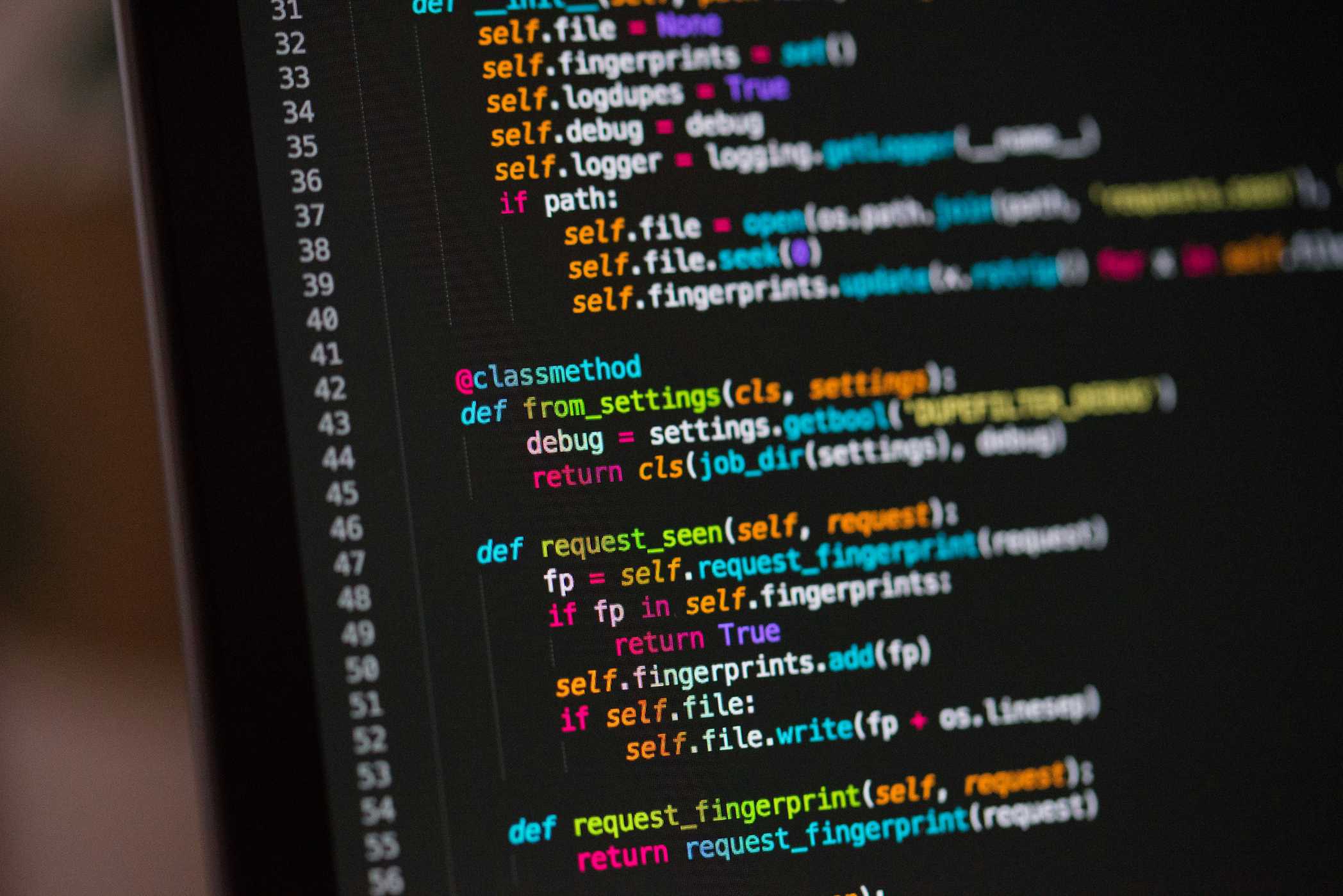On-Chain Identity Verification Explained
A guide to on-chain identity verification, exploring how Web3 uses technologies like DIDs and VCs to create a more secure, private, and user-controlled way of proving who you are.

In the digital world, proving who you are is a constant challenge. We are used to a system of usernames and passwords, or relying on large platforms like Google and Facebook to verify our identity for other services. This centralized model is fraught with privacy and security risks. On-chain identity verification is a new paradigm, powered by Web3, that aims to create a more secure, private, and user-centric way of managing our digital identities.
Instead of relying on a centralized company, on-chain identity uses the public, verifiable nature of the blockchain to prove claims about an individual. It's a system where you control your own identity and can selectively disclose information without handing over all your personal data.
The Problem with Traditional Identity Verification
- Centralized Control: A company like Google controls your identity. They can revoke it at any time.
- Data Silos: Your identity is not portable. You have a different identity for every service you use.
- Privacy Invasion: To verify your identity, you often have to share far more information than is necessary (e.g., uploading your entire driver's license just to prove you are over 18).
The Web3 Solution: A User-Owned Model
On-chain identity is built on a few core Web3 primitives:
- Decentralized Identifiers (DIDs): A DID is a globally unique identifier (like a public wallet address) that you create and control. It's your permanent, self-sovereign address on the web.
- Verifiable Credentials (VCs): A VC is a tamper-proof digital claim made about your DID by a trusted issuer. For example, a university could issue a VC to your DID that attests you have a degree. This credential is cryptographically signed by the issuer and stored in your private crypto wallet.
- The Blockchain as a Trust Anchor: The blockchain is used as a public registry for DIDs and the public keys of issuers. This allows anyone to verify that a VC was signed by a legitimate, trusted issuer.
How On-Chain Verification Works: A Practical Example
Imagine a DeFi protocol requires users to be verified (KYC'd) to use its services.
- Off-Chain Verification: You go through a one-time KYC process with a trusted, regulated third-party company.
- Issuance of a VC: Once verified, this company (the Issuer) issues a Verifiable Credential to your DID. This VC is a simple statement: "The holder of
did:ethr:0x123...has completed a KYC check." It does NOT contain your name, address, or any other personal information. - On-Chain Interaction: You go to the DeFi protocol. To use it, you present this VC from your wallet.
- Verification: The DeFi protocol's smart contract performs two checks:
- It verifies the cryptographic signature on the VC to ensure it hasn't been tampered with.
- It checks the blockchain to confirm that the VC was issued by a trusted, pre-approved KYC provider.
- Access Granted: If both checks pass, you are granted access to the protocol, without ever having revealed your personal identity on-chain.
The Benefits of On-Chain Identity
- User Control & Privacy: You own your credentials and you only disclose what is necessary for a given interaction.
- Reusability: You can use the same credential to prove your identity across multiple different dApps, without having to go through the KYC process every time.
- Security: It reduces the risk of large-scale data breaches by eliminating centralized databases of personal information.
On-chain identity verification is a foundational piece of the Web3 vision. By creating a more secure, private, and portable way to manage our identities, it's building a more trustworthy and user-centric internet.
Frequently Asked Questions
1. Is my personal information stored on the blockchain?
No. This is a common misconception. In a well-designed on-chain identity system, your personal information remains off-chain. Only the Verifiable Credentials (the claims about you) and the DIDs are anchored to the blockchain.
2. What is a "DID"?
A Decentralized Identifier is a globally unique ID that you control, often your wallet address. It's the foundation of your Self-Sovereign Identity.
3. What is a "Verifiable Credential"?
A Verifiable Credential (VC) is a tamper-proof digital claim made about you by an issuer, like a digital driver's license or diploma, that you store in your own wallet.
4. How does this help with privacy?
It enables data minimization. With tools like Zero-Knowledge Proofs, you can prove a fact from a credential (e.g., "I am an accredited investor") without revealing the underlying financial data that proves it.
5. What is Proof of Humanity?
Proof of Humanity is a specific protocol that tries to solve the "one person, one identity" problem. It's a registry of unique humans, designed to prevent sybil attacks in systems that require one vote per person.